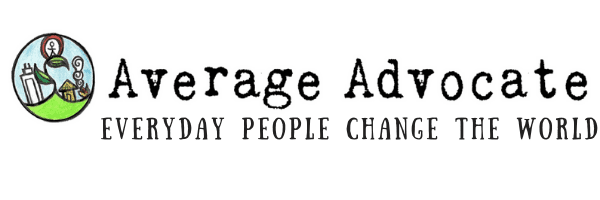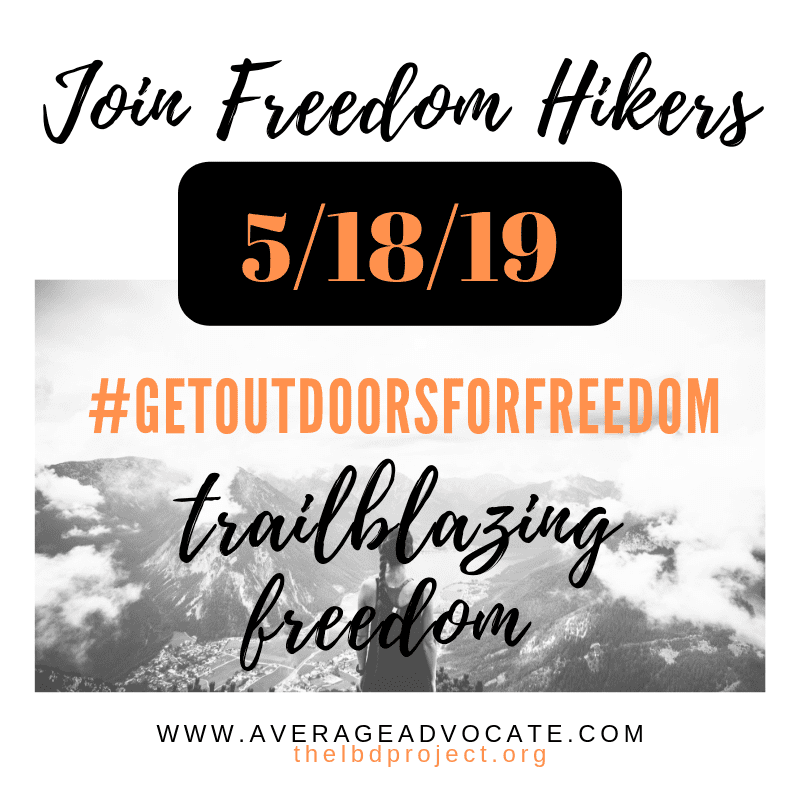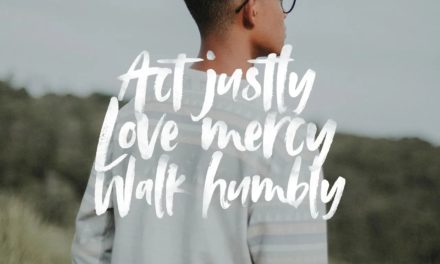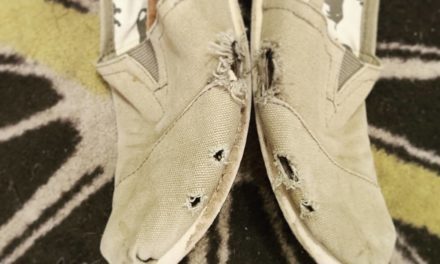This guest post is by Kit, a blogger for Readingteen.net. Kit usually reviews young adult books, but attempted to tackle the subject of human trafficking for an assignment. I love Kit’s use of the stories of modern slaves in her essay. I might often write about human trafficking and sex trafficking, but I am guilty of rarely paying tribute to real people’s real stories. You have to appreciate the candor as she begins!
Modern Day Slaves
“Basically I have no idea how to lead up to this, so I just going to jump in. This is a paper I wrote this year for English on a topic that I feel needs to be addressed more often. Hope you agree.“
She was just supposed to be a maid. She was smuggled across the border to America under false pretenses. She was chained to a pole in the sweltering sun. She was forced to eat dog excrement. She was beaten over the back with a broom. Her name is Maria, she was only twelve, and she is one of the less-than-one percent of trafficked people whose cases have been solved. (Bales and Soodalter 3).
Although human trafficking is often thought of as a “Third World Problem,” it is actually a major issue in the U.S. In The Slave Next Door: Human Trafficking and Slavery in America Today, Kevin Bales and Ron Soodalter address the difficulty:
We know that slavery not only exists throughout the world today but flourishes. With approximately twenty-seven million people in bondage, it is thought to be the third most profitable criminal enterprise of our time, following only drugs and guns. In fact, more than twice as many people are in bondage in the world today than were taken from Africa during the entire three-hundred and fifty years of the Atlantic slave trade. And we know that slavery is alive and more than well in the United States, thriving in the dark, and practiced in many forms where you’d least expect it. (3).
It is well hidden, but slavery is still extremely abundant today, and awareness needs to be raised to end this heinous crime.
The U.S. Department of State became aware of the issue of human trafficking and began monitoring it in 1994. At first, it seemed to only be a problem for women and girls for sexual purposes but, contrary to popular belief, human trafficking does not only include sex trafficking, it encompasses all forms of forced labor, and as time went on, they realized it was a much larger issue, affecting a much larger spectrum of people. (ABC 1) Sex trafficking does account for the trade of about fifty-six percent of trafficking victims (according to a U.S. White House fact sheet on trafficking states), but the other forty-four percent includes other work such as: agriculture, domestic service, construction, sweat shop manufacturing, and hotel and restaurant work. All of this, and more can be found in California, New York, Texas, and Florida, the states with the highest amount of human trafficking, accounting for forty-eight percent of trafficking cases. Being largely populated states they all have “…considerable immigrant communities, all of which serve as transit hubs for international travel.” (Cullen-DuPont 45) Aside from these four, trafficking has been found in over half of the U.S. states and counting, with no end in sight.
Debbie is a fifteen-year-old middle child from Phoenix, Arizona. On a day like any other she got a call from Bianca, an acquaintance asking if she could come by Debbie’s house. In her Sponge Bob pajamas Debbie walked outside, Bianca pulled up in a Cadillac with two older guys, and they talked for a while until Bianca said they needed to go. As Debbie went to give Bianca a hug, Bianca pushed her into the car. Once inside, the men threatened Bianca and told her to tie Debbie up. Debbie’s mom, who was right inside, was clueless to what was happening. They drove around the city for hours before bringing the girls to an apartment building only twenty-five miles from home. Her captors threatened to shoot her and then, laughing, they drugged her and all seven of them gang raped her. They tried to break her down by feeding her dog biscuits and stuffing her into a dog cage for days. On her back in the small crate, her body went numb. An ad was put up by her captors on Craig’s List, a website mostly used for buying and selling items, and she quickly became an unwilling prostitute. She earned hundreds of dollars every single night, but her kidnappers took it all. She endured this treatment for forty days.
Young girls are usually thought of as being most affected by human trafficking, but adult women are actually the most trafficked group of people. Alternatively, the stereotype that females are significantly more at-risk than males, is true, with approximately six girls trafficked to every boy. (Cullen-DuPont 44) Whether males or females, victims are usually trafficked from less developed countries into countries with higher standards of living. That’s not to say that Americans aren’t also trafficked, in The Slave Next Door, Bales and Soodalter note that, “Where the slaves in America were once primarily African and African American, today we have ‘equal opportunity’ slavery; modern-day slaves come in all races, all types, and all ethnicities.” But slaves in 1850 would have been about $40,000 in today’s currency, and “modern-day slaves” can now be bought for a mere few hundred dollars. (6).
Slavery is not only more affordable than it used to be, it’s also much more hidden. While owning slaves used to be flaunted and boasted about, it is now something that is not spoken of, making it that much harder to rescue victims. Claudia Flores, an attorney with the American Civil Liberties Union elaborates:
“Many times, they are forbidden to talk to people who come into the house… If there are two of them, they are often forbidden to talk to each other. Their phone calls are monitored. They are not allowed to go anywhere unaccompanied.” (Cullen-DuPont 49).
Since many enslaved workers can’t speak English, they’re even more closed off. Some have even been known to try to speak to the police but, most of the time, the policemen can’t understand the worker’s language, and he will look to the captor to translate. After “translating,” the abductors will assure the police that everything is fine and it was merely a misunderstanding. Even with everything they go through, the slaves of today hardly ever try to escape, being so afraid and unable to see beyond their prison, they will put up with all kinds of torture for many years; sometimes they even live their entire lives locked away. In his article, “The Face of Modern Slavery,” Nicholas Kristof explains, “Most girls who have been trafficked, whether in New York or in Cambodia, eventually surrender. They are degraded and terrified, and they doubt their families or society will accept them again.”
Mostly trafficking victims are abducted by accepting job offers that are just too good to refuse. Bribed with money or better paying jobs, such as modeling, show business, or acting, victims will follow these con-artists across the country, or even across the world in search of a better life. Often times, foreign victims arrive in a new country to find that their documents have been destroyed and their entire families are being threatened by the very people that promised them everything they ever wanted. Likewise, many times the cost of travel, visas, and lodging, which is paid by the captor, is so great that they find themselves bound by a debt that they won’t ever be able to repay. Bales and Soodalter explain modern-day slave selling happening “through ‘mom and pop’ operations, requiring only an outside consumer who is complicit in the crime.” They continue to say that,
“Frequently, a woman becomes a domestic slave through legal channels, coming here on her own with a legitimate work visa. Only once she is under the slaveholder’s roof does her life in bondage begin. Coerced with dreams of a life they’ll never have, trafficking victims find themselves completely unable to return to the life they used to live.” (Bales and Soodalter 18).
Miya, like so many other girls, was tempted. She was working three jobs to pay for bills and college, and when a young man and woman approached her in the mall and told her she was beautiful, she couldn’t help but be flattered. He claimed to be a modeling agent and made her an offer she could not refuse. He said that they were on their way back to California for a shoot, and, if she was not sure about modeling, she could just try it out for three days, and if she didn’t like it, she could go back home. The idea of modeling and making more money took hold of her, and she decided to go with them. Before they left, the couple took her to get her hair, make-up, and nails done under the pretense of getting ready for a photo shoot. It wasn’t until they started taking pictures of her with a disposable camera, that she realized something was wrong, but they assured her that once they reached California there would be professional photographers and make-up artists. Once they arrived, she found out that those pictures were put up on an escort service website, and her life was now out of her hands. While her parents filed a missing persons report and her boss informed the police about the suspicious couple, Miya was forced to work as a prostitute. The same people who abducted Miya were reported to have approached over fifty girls in the same area, but only Miya went with them. Miya, far from home, was too afraid to attempt to escape. Ernie Allen, the director of the National Center for Missing and Exploited Children, says that’s not uncommon for kids lured into the sex trade:
“There are many of these kids who are seduced, thinking … that they’re gonna have economic opportunities, that they’re gonna be a model, that they’re gonna be in show business somehow,” Allen says, “and then, later, discover themselves in a situation in which they have no control, and they’re, they’re slaves. So … this is a problem that has many faces.”
The girls in these stories are all part of the one percent of human trafficking cases that have been solved. For seven months Maria was a domestic slave, until one of her neighbors, who was working on his roof, saw her chained up in the backyard and called the police immediately. (Bales and Soodalter 5). Forty days after Debbie was captured, the police searched the house where she was being held, but found nothing. A few days later they broke down the doors of the same apartment and realized why they hadn’t been able to find her, she was crushed into a drawer under a bed. After six days, Miya mustered up the courage to escape, she packed all of her things, waited for everyone to fall asleep, and ran for her life. Even though they were all reunited with their families, there is still a whopping ninety-nine percent of cases left unsolved. (ABC 4).
This all needs to stop. The buying, molesting, selling, trading, mistreating, using, abusing, and trafficking of human beings needs to end. How can something so terrible, that most people don’t even know exists, actually be snuffed out? By letting everyone know that it’s happening. By helping the world to realize this is happening every day, right in front of them.
This original post can be seen at www.readingteen.net from December 23, 2011.
Action Ideas To Help End Slavery:
 Join us for the Little Black Dress Project next year, by wearing the same item of clothing for a month, to spread awareness, challenge yourself to learn, and fundraise for various trafficking organizations.
Join us for the Little Black Dress Project next year, by wearing the same item of clothing for a month, to spread awareness, challenge yourself to learn, and fundraise for various trafficking organizations.
 Take part in Action: Red Sand Project Creating Awareness for Human Trafficking, a super easy way to create awareness for modern slaves.
Take part in Action: Red Sand Project Creating Awareness for Human Trafficking, a super easy way to create awareness for modern slaves.
Read this great easy-to-read book, to learn more! Not for Sale: The Return of the Global Slave Trade–and How We Can Fight It is an excellent book briefing us on what modern day slavery looks like. Check out my Book Review: Not For Sale (By David Batstone).
Choose two or three people to talk to, or forward this essay to, THIS WEEK in order to spread an awareness about human trafficking. Write their names on your hand with a sharpie to remind you!
What motivates you to make a difference? Find out by using this free Core Identities Worksheet!
References:
Bales, Kevin, and Ron Soodalter. The Slave Next Door: Human Trafficking and Slavery in America Today. Berkeley: University of California Press, 2009. Print.
Cullen-DuPont, Kathryn. Human Trafficking. New York, NY: Facts On File, 2009. Print.
“HumanTrafficking.org | United States of America.” HumanTrafficking.org: A Web Resource for Combating Human Trafficking in the East Asia Pacific Region. Academy for Educational, 2006. Web. 29 Nov. 2011.
Kristof, Nicholas D. “The Face of Modern Slavery.” The New York Times 17 Nov. 2011, The New York Edition ed.: A31. The New York Times. The New York Times, 16 Nov. 2011. Web. 29 Nov. 2011.
“Teen Girls’ Stories of Sex Trafficking in U.S. – ABC News.” ABCNews.com. ABC News, 9 Feb. 2006. Web. 29 Nov. 2011.













